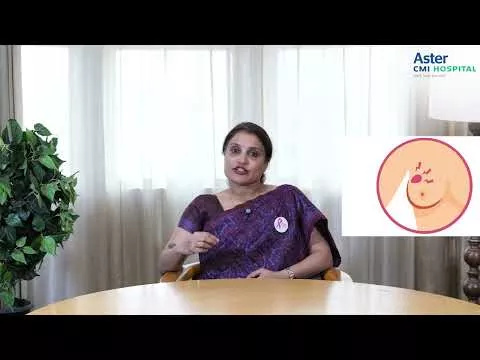Most of you would've heard the term spondylosis. This is one of the terms that pops up in our radar whenever we hear of any kind of neck pain or back pain in an adult or elderly person. Strictly speaking, spondylosis is a broad term. It is not just one disease or one diagnosis, but it basically refers to a series or a combination of changes that happen in our spine as we age. These changes can happen in the bone, in the disc, and can also happen in the joints between the bones. Therefore, as a result of all these changes, the entire gamut comes under the term cervical spondylosis. Many patients prefer consulting an Internal Medicine Hospital in Hebbal Bangalore for proper diagnosis and long-term management of such spine-related conditions.
As stated earlier, spondylosis is not just one disease, but a disorder which consists of several individual diseases with the most common symptom that anybody presents being neck pain. This neck pain can be of a varying severity or a varying pattern. It can be continuous pain, or in some cases it can be intermittent and only on and off such as once in a week or once in a month. Sometimes, people have neck pain which completely disappears in several cases with some kind of physiotherapy or just popping a pill.
The point we discussed earlier is one kind of pattern of spondylosis. However, there exist two more patterns. In the second pattern the patients present a combination of neck pain along with a symptom related to some kind of nerve involvement. Nerve involvement with spondylosis changes sometimes can cause some compression or impingement on the nerve root that travels to the arm or the hand.
In these cases, pain usually travels along the distribution of the nerve and then it causes an arm pain or a hand pain, which can also be associated in some cases with some numbness.
These are the more severe cases which require more urgent intervention and make up the second pattern that is seen. There also exists a the third pattern which is even more serious since this involves the main nerve, the spinal cord. It is well known that the spinal cord is the nerve tissue that transmits the nerves all the way from our brain to the hands and legs.
So when the cervical spondylosis changes, and causes compression to the spinal cord, which can be at multiple levels, it results in something known as a spinal cord dysfunction. In these cases, patients usually have a lot of other symptoms such as difficulty in walking, numbness or weakness involving the hands and the legs, or stiffness in the hands or the legs, which is referred to as a myelopathy feature. These are usually progressive in nature, and once these kinds of spinal cord dysfunctions happen, they are irreversible and must be prevented as well.
As for the treatment options for cervical spondylosis, since the majority of the cases are present only with neck pain, they do not require any kind of special intervention. Many times they just require regular physiotherapy, and that is one of the most important, as well as the most neglected aspect that patients with cervical spondylosis usually do. So regular physiotherapy, in the morning and evening with about five to ten minutes of neck exercises that are taught by a physiotherapist can go a long way in preventing these recurring episodes of neck pain or neck stiffness. Not only that, but it can also decrease the incidence of nerve involvement or spinal cord involvement in many of these cases. Consulting General Physicians in Hebbal Bangalore can also help patients get timely medical advice and prevent complications related to cervical spondylosis.
Additionally, it is important to know that since these are age related changes, as the person ages, the symptoms of the disease also will progress. As for the advanced cases, where there is also nerve involvement, there is a weakness or a numbness or a difficulty in walking. These are usually the cases where surgical intervention will be required.
As for the surgical intervention, there are various types that can be done - either through a conventional open surgery or through a minimally invasive spine surgery. The choice depends on which is more beneficial in terms of faster recovery, lesser blood loss, and quicker return to work and other crucial aspects of life.
Spine surgery can also be done using an approach that is from the front or the back of the neck depending on the individual case. These decisions are usually more complex and not within the purview of the stock, and these are decisions that are taken by the treating doctor or spine specialist which again, depends on the individual case.
The final takeaway and the most important aspect of cervical spondylosis that we must understand is that this is a very common condition. It is an inevitable problem and many adults including the elderly population deal with cervical spondylosis. Again, these are naturally age related changes, but as long as the symptoms are kept under control there is no major cause for concern and there is also no requirement of a surgical intervention in the majority of the cases.




